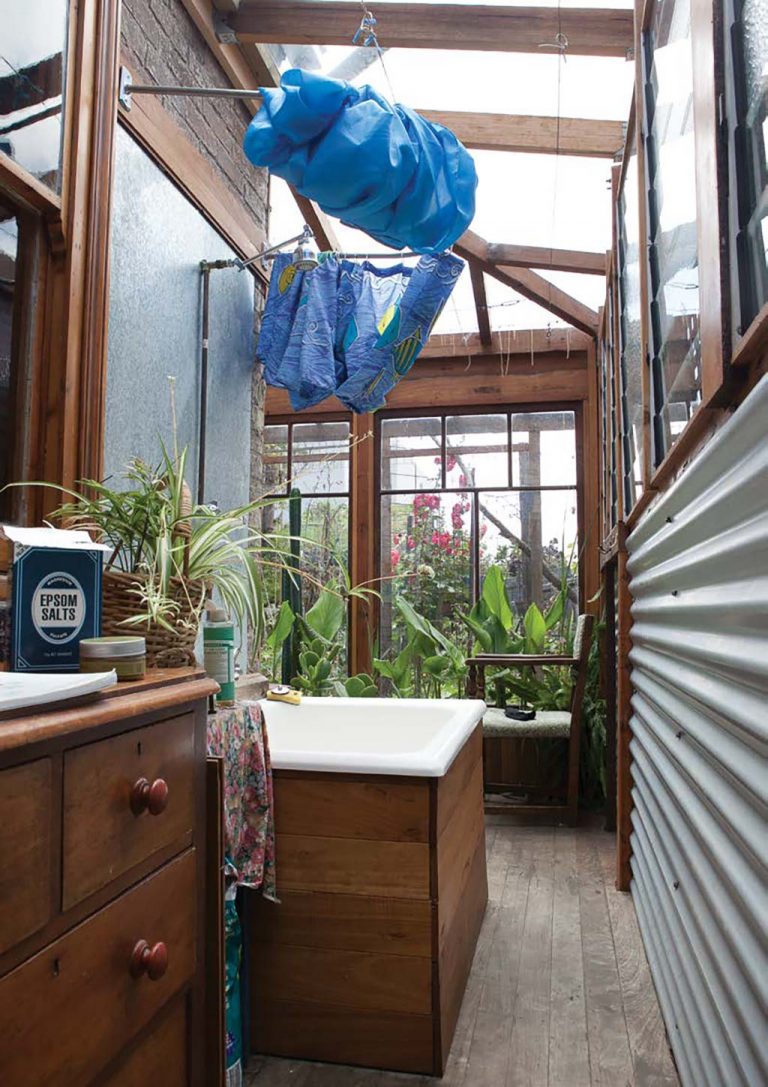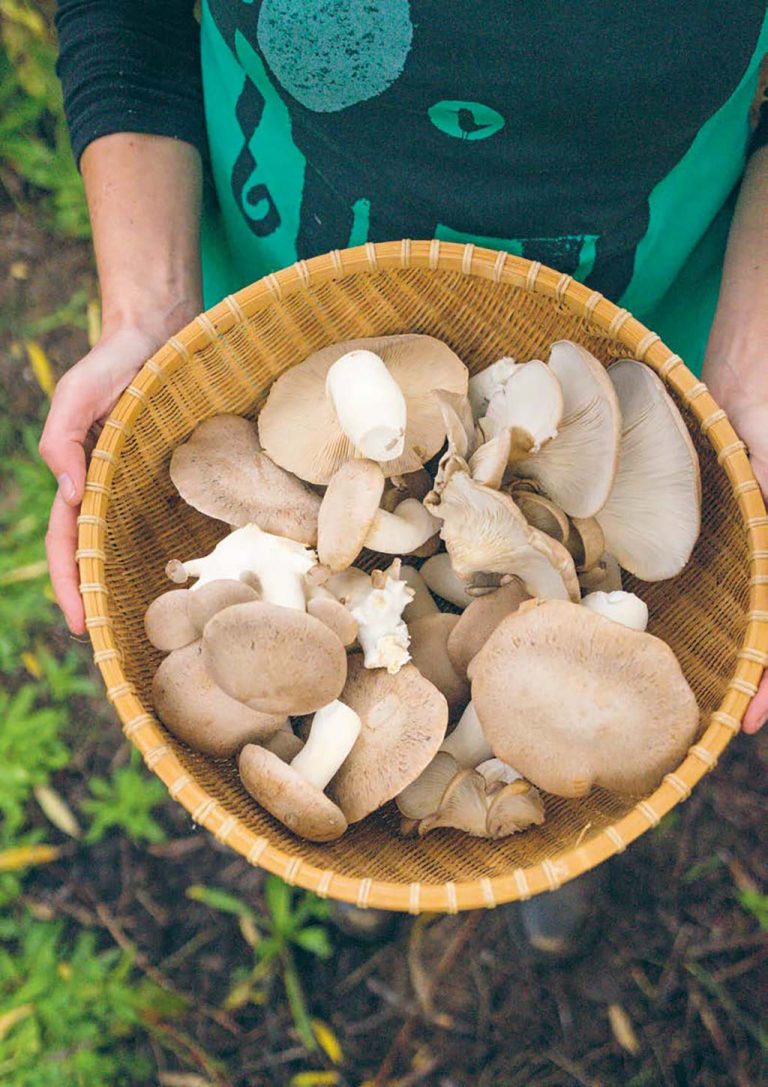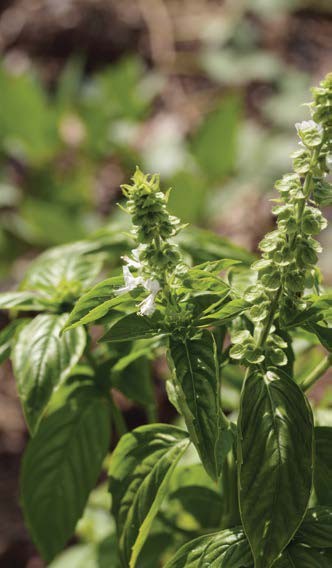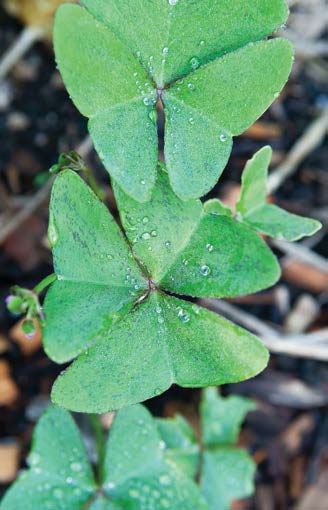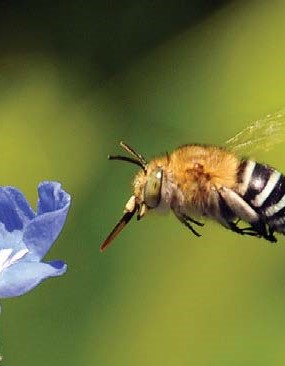Food Traditions: Sharing A Love Of Food
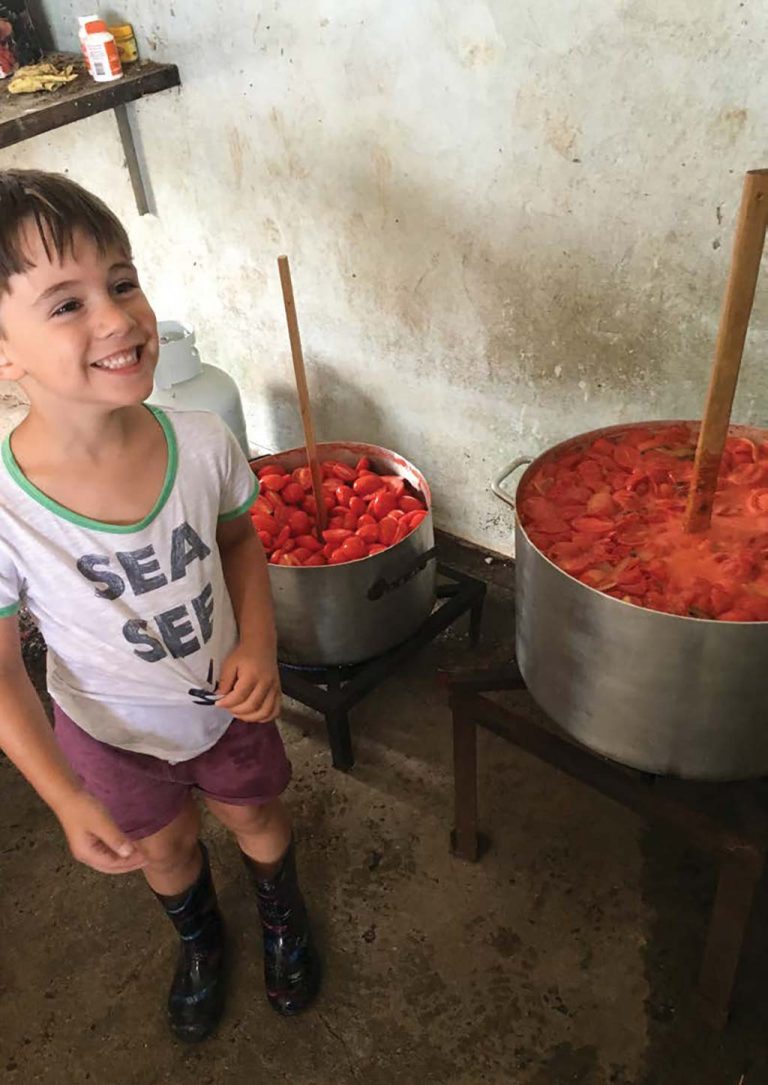
Food traditions are vital in binding us together as families and as communities. From our very first mouthful, food deeply connects us to other humans. It connects us to our parents and grandparents, connects us to our friends, and can connect us to our children in how we share our food knowledge, habits and values with them.
Food expresses our cultural identity and helps define us. In some cultures eating is always a social activity. Sit down at an Arab or Chinese dining table and you will not eat from a single plated dish per person, you will eat from shared, communal platters. Immigrants take their food traditions with them to new countries and cook the food they know as a way to preserve their culture. If you grew up with the smell of Nonna’s slow-cooked sugo wafting through the house, it will have created a bond with your family that will be there for life.
For many of us, food traditions are not part of our social fabric anymore. They have been lost amongst a busy life of full-time work, running a household and trying to navigate a healthy diet. But it’s not too late to resurrect or create a food tradition in your family, household or community, whether it’s a regular Sunday meal with extended family, creating a family cookbook, or one of the more involved food traditions outlined below.

